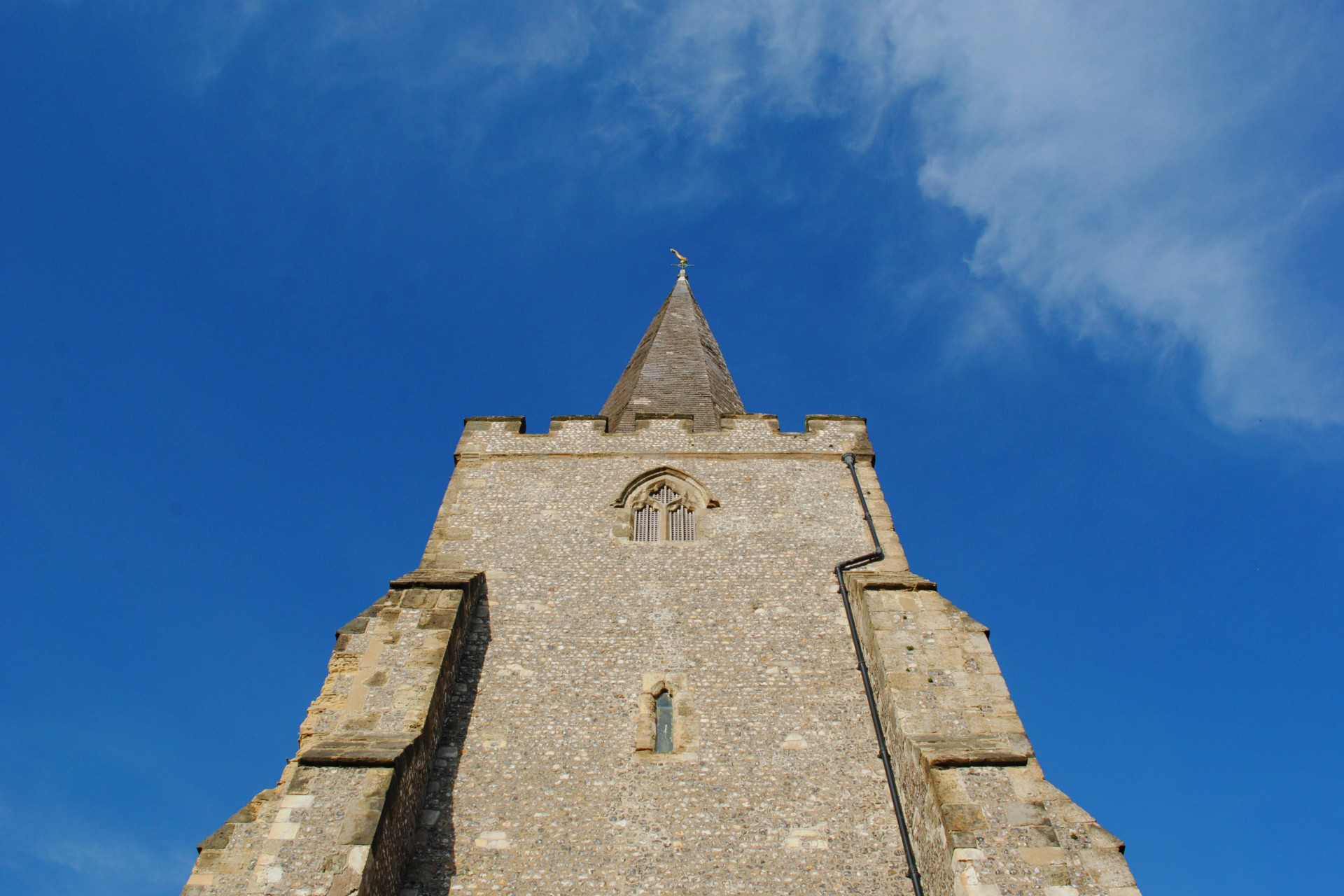Chancel Repair Liability – A Brief History
10 minsChancel repair liability is an interest benefiting over 5,000 pre-Reformation churches in England and Wales, allowing the Parochial Church Council to require owners of former rectorial land to meet the cost of repairing the church chancel.
Make an appointment
"*" indicates required fields

Chancel repair liability is an interest benefiting over 5,000 pre-Reformation churches in England and Wales, allowing the Parochial Church Council to require owners of former rectorial land to meet the cost of repairing the church chancel. Chancel repair liability changed after October 2013, but contrary to popular belief it has not been abolished. For some landowners chancel repair liability remains a live issue, so it is important for your conveyancer to have familiarity with the subject, the changes, the traps and the potential expense.
The origins of chancel repair liability
You can trace the origins of chancel repair liability back to the reign of Æthelwulf, King of Wessex (AD 839-858), approximately 1150 years ago. Æthelwulf, under the advice of Swithun, The Bishop of Winchester, introduced reforms of great significance, not only to the Church but to English land-law as well. The Church required some form of annual taxation to pay for its obligations and the answer to this was to introduce tithes (a tax based on one-tenth of all produce or income) to the English Church. This universal tax was the first of its kind in England and led to the creation of tithe barns and the exchequer which acted as local administration centres with the purpose of maintaining the parish churches and more specifically the applying the tithes received to the upkeep of the chancel of the local parish church.
Tithes
There are two types of titles referred to in historical documents: –
- Great tithes (1/10 of the production of corn, grains, hay and wood. Later referred to as rectorial tithes
- Small tithes (1/10 of vegetables, fruit, hops and honey). Sometimes referred to a vicarial tithes
The distinction is important. The small tithe is paid to maintain the local parish priest hence the reference to vicarial. The great tithes go to the Rector – at this time responsible for maintaining the hardscape of the church building, hence becoming known as the rectorial tithes.
The chancel
In the pre-reformation era, quite often the church would have been the only stone building in the community and the church was also a meeting place for non-religious matters. The nave was used for winter festivals and would have been considered to be owned by the people, whereas the chancel was an exclusive area within the church and the holiest section of it. Chancel repair liability relates to the chancel only and does not cover repairs and maintenance of the entire church.
Henry VII and the Reformation
The payment of the tithes helped the medieval church to flourish. Tithes were collected on quarter days which tied in with the religious feast days. These were the days the church collected the great tithes from the villages. It remained this way until the reign of Henry VIII and the English Reformation in the 1530s. In order to divorce Catherine of Aragon, Henry severed the link between Rome and the Church in England. He codified the English church and removed the external influences of the Pope. During his reign we saw a flurry of legislation, and we began to see significant social reform. One of those key pieces of social reform that ties together with the religious reform is the dissolution of the monasteries.
He dissolved the monastic houses and their place in society as economic centres which generated large sums of cash and capital assets, which he then absorbed into the crown before selling them to the highest bidder. Henry sold their land, stone and rights and obligations that go along with them, including the right and ability to collect rectorial tithes.
From this moment in history rectorial and vicarial tithing began to head in different directions. Vicarial tithes remained payable to the “minister with the cure of souls”, but rectorial tithes are paid to the office holder, in most cases a secular lord, or institution. Rectorial tithes at this time in history were viewed as an attractive 16th century investment as they performed similarly to an annuity and created cash flow. Rich families and institutions such as Oxford and Cambridge Universities became owners of the right to receive these rectorial tithes.
Henry VIII to 1890s
Unsurprisingly, taxation was not popular and the payment of rectorial tithes to local landowners based on their ownership of rights to receive them did not sit well with the population. It was a time of economic and social change, and fewer people were going to church. People began to question why they had to pay a 10% tithe simply because they owned land. This ultimately led to piecemeal reform on a parish-by-parish basis. Modernisation of farming techniques led to the enclosure of land, initially through informal agreements and later by parliamentary Acts. We saw a consolidation of land holding take place. Landowners petitioned parliament on parish-by-parish basis to get rid of the inefficient strip field system and replace it with a set field system.
In most cases, the rectorial tithes with the enclosure Acts were swapped for a piece of land. Liability isn’t extinguished but transferred to another area of land. The church would rent out the land and take the rent in exchange for the tithe.
So in summary, by the 1830 you have a real mix: –
- Some communities were still paying rectorial tithes to those individuals or institutions that acquired the land as part of the reformation.
- Individuals or institutions were receiving payments from land enclosures in exchange for eradicating the liability to receive the rectorial tithe.
Tithes not converted to land became tithe rentcharges from 1836, the lay rector becoming entitled to receive a tithe rent-charge from the owner of the land which had been subject to the tithe.
The government created a tithe commission to examine every parish through a nationwide survey. The commission documented each part of parish land with reference to the monetary value of wheat, barley and oats to ensure that (1) the commission, (2) the individuals and institutions entitled to receive the tithes, and (3) the parish church, were aware of exactly to who a title was payable, and its monetary value. It is the maps created at this time that form the basis of accessing the potential for a property to be subject to a chancel repair liability.
Aston Cantlow PCC v Wallbank
This case thrusted the issue into the spotlight. The Wallbanks owned a freehold property which consisted of a farmhouse and land. The Parochial Church Council alleged that the Wallbanks, as owners of former rectorial land, were liable for the cost of repairs to the chancel. In 1996 these costs were assessed at £95,260 and the PCC launched proceedings to receive the sum under the Chancel Repairs Act 1932. The Wallbanks defended the case which reached all the way to the House of Lords. The PCC won its case and the cost to the Wallbanks ended up being: –
- £219,708 to PCC for repairs
- £37,000 to redeem the liability
- £250,000 in costs
Totaling over half a million pounds.
Where does it leave us today
Since the Wallbank case the Land Registration Act 2002 (Transitional Provisions) (No2) Order 2003 has been introduced which provided that the chancel repair liability would continue as an overriding interest until 13 October 2013. The PCC still has the ability to register a caution or notice against a registered title provided the land has not been sold/purchased for consideration since that date. The government appears to have taken the view that the liability will become extinct over time, which would of course be preferable to taking action to extinguishing the liability and paying compensation.
Where there has been no charge of ownership since 13th October 2013 properties are still stuck with the issue where notice has been made and entries entered into the register. Where a notice has been entered on the register you could consider either (1) buying out the liability (Ecclesiastical Dilapidations Measure 1923) or (2) insuring the liability.
If you exchange contracts and in between exchange and completion an interest is registered against the registers of title then you will need to rely on the terms of your contract. The contract is likely to sell free of any unspecified encumbrances and if the entry is not removed then the seller will be in breach of contract such that the purchaser is not required to complete the purchase and be entitled to claim damages. If a purchaser has already applied for an official search with priority, then any entry made during that priority period will be postponed to any entry made in pursuance of it, thus the purchaser will take the freehold free from the encumbrance.
Leave Chancel Repair Liability issues to the experts
When it comes to such complicated topics as chancel repair liability it is best to also seek legal advice.
Book your Initial Consultation
0800 987 8156Request a Call Back
"*" indicates required fields

